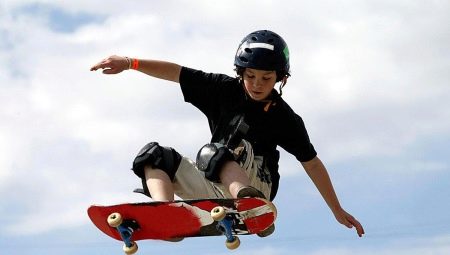Today, skateboarding is an extreme sport that requires the skater to have a perfect sense of balance, perfect control of his movements and complete concentration. These qualities, together with an expensive and balanced skateboard, can make a skater literally soar over obstacles and write skillful pirouettes on completely flat sidewalks.
In this article you will learn about the easy and complex types of tricks on a skateboard, as well as with the technique of performing some of them.
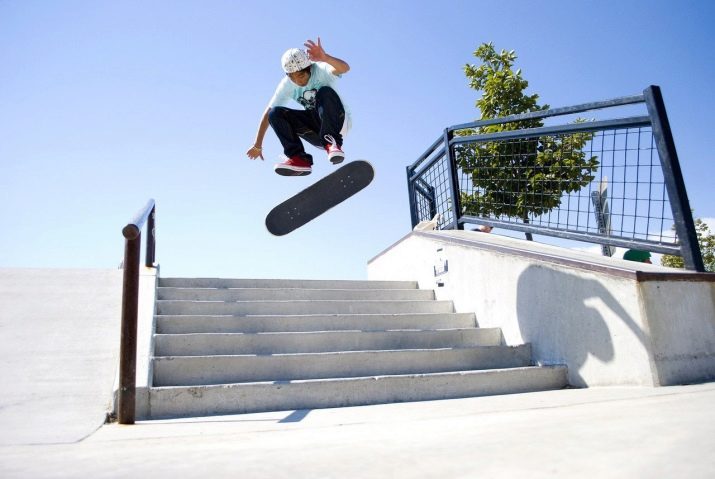
General principles of training
If you want to learn professional and stunt skateboarding, you need to start training from the very basics. Below are the key principles of training that are likely to be useful for beginners in skateboarding.
- Wear protective equipment before each workout. in the form of a helmet, elbow pieces and knee pads. The helmet is the most important element of equipment - if the wounds on the arms and legs can heal, then treating the injured head is not so simple.
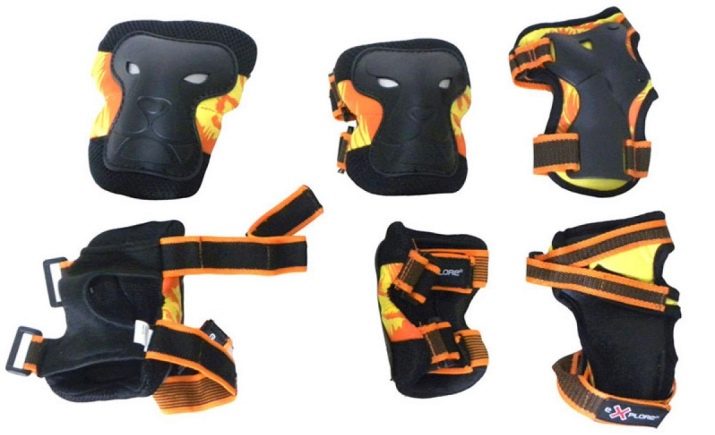
- First step - figure out which of your legs is guiding and which is pushing. As a rule, the strongest one plays the role of a pushing leg - for right-handed people this is the right leg, and for left-handed people, respectively, the left one.
To clarify this point, just stand on a skate and try to push off with each foot - the jog will be the one that is more convenient for pushing off to gain speed.
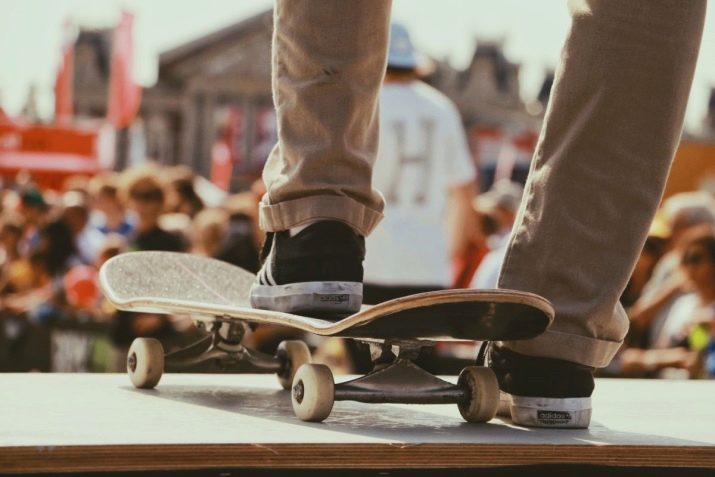
- A very important point when you want to learn how to ride a skateboard - choose the right site. Beginners often make the mistake of choosing specialized skateboards with obstacles and slides - first you need to learn how to control the skate, and here even and smooth asphalt surfaces are best suited.

- “Click” called reception, during which the skater makes a jerked leg a sharp blow to the deck and forcefully presses on its back. At the same time, the skateboarder pushes off the skate platform and makes a jump on one leg.
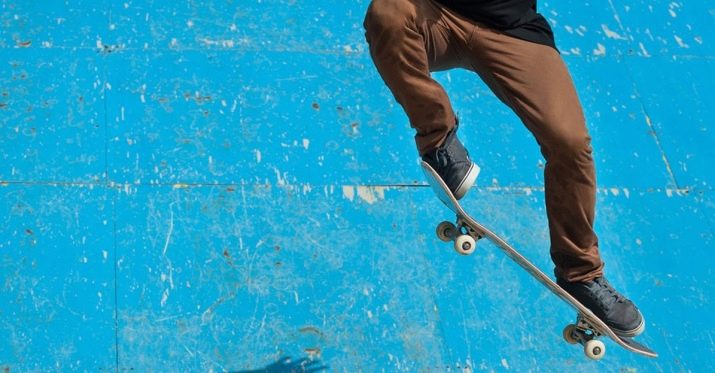
- “Hood” - the second most important technique that you need to hone if you want to learn how to ride a skateboard. During movement, the foot of the guide leg bends inward in the up and forward direction - this technique allows you to raise the front of the board into the air. As the skate rolls over, the skater hangs and presses his knees to his chest.

- It is very important at the time of the jump to monitor whether the skateboard has completed the rotation. As soon as the moment comes, your task is to straighten up and catch the skateboard with your feet, pressing it to the ground. If this works out, just keep moving, stabilizing your balance as much as possible so that the landing is comfortable and easy.
The knees should be bent, and the feet should be in place of the bolts of the board.
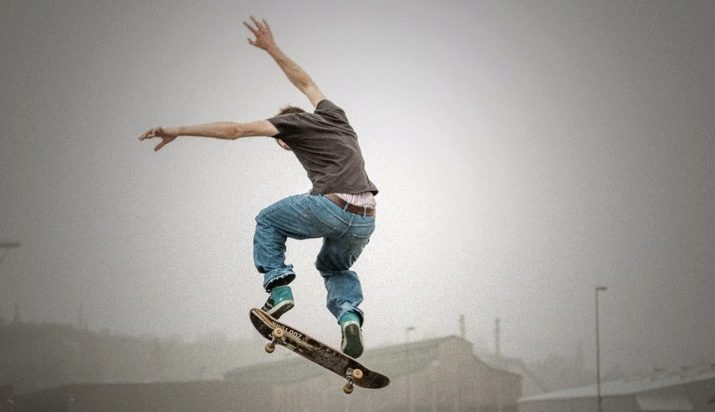
- The click together with the hood form a trick called Ollie. To learn how to perform these movements as accurately as possible, you will need to spend a lot of time. Your main task in the trick is to learn to control the skate’s movements and catch its turns during the jump for a smooth landing.
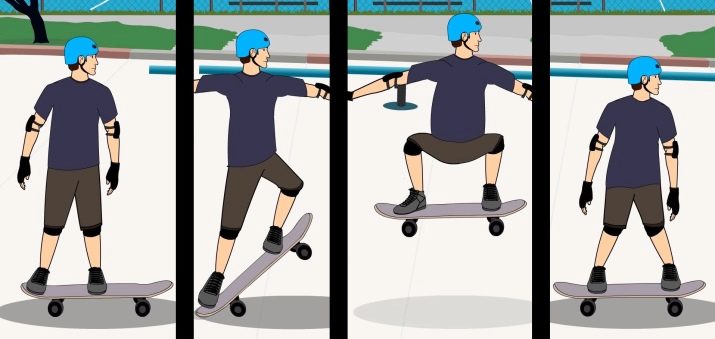
Safety regulations
Riding a skateboard is not a very safe sport in terms of injuries, tremors and fractures. Especially when learning to ride a skateboard it will be difficult to avoid such injuries, however, by observing certain safety rules, their number can be minimized.
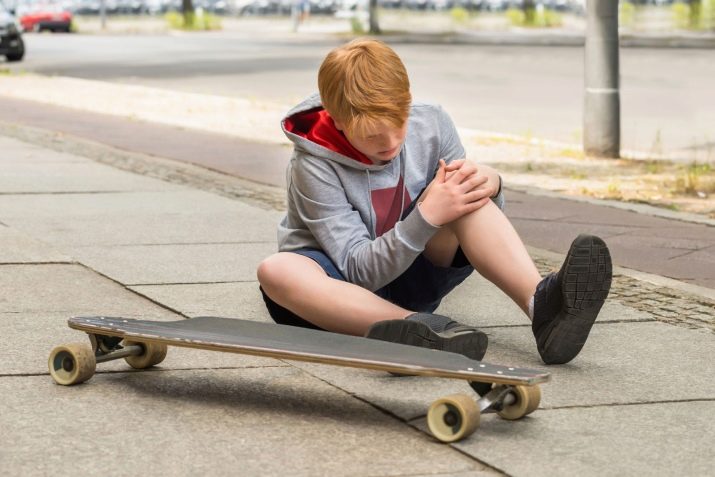
- One of the main principles of riding a skateboard has already been highlighted. mandatory availability of protective ammunitionHowever, in the case of a skate, such protection should not only be reliable and safe, but also take into account sudden movements, jumps and turns.
This should be the most comfortable ammunition, which will not interfere with your movements and cause discomfort.
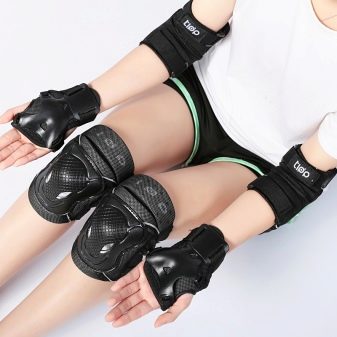
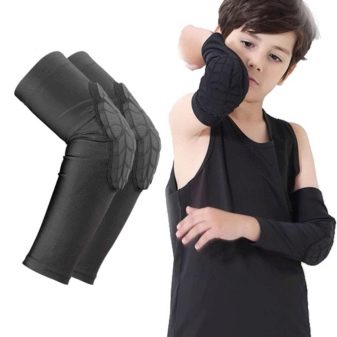
- The requirements for maximum comfort apply not only to protection, but also suitable skateboarding clothes. Clothing should not constrain movement, cause excessive sweating or fatigue. Riding on a skateboard is a constant movement, regular work not only of the legs, but also of the hands, so for classes it is better to choose spacious clothing options. At first glance, this factor may seem insignificant, but poorly selected clothes very much affect the first impression of skateboarding.
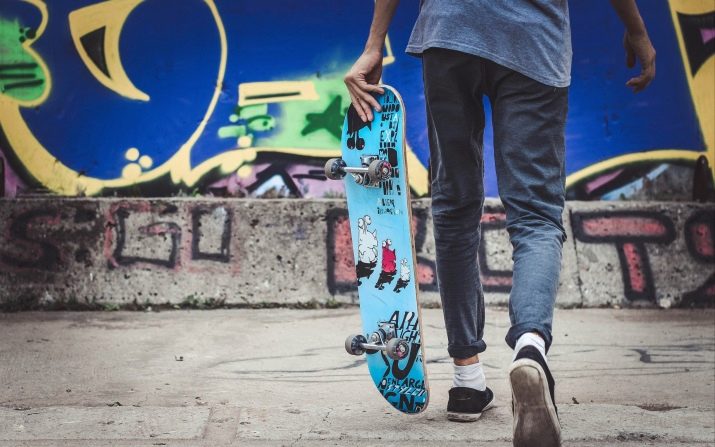
- For skateboarding always Choose people-free sidewalk areas. Try to avoid areas where you often run, ride bicycles or walk with children. When choosing such sites, there is a great chance to harm not only yourself, but also others.
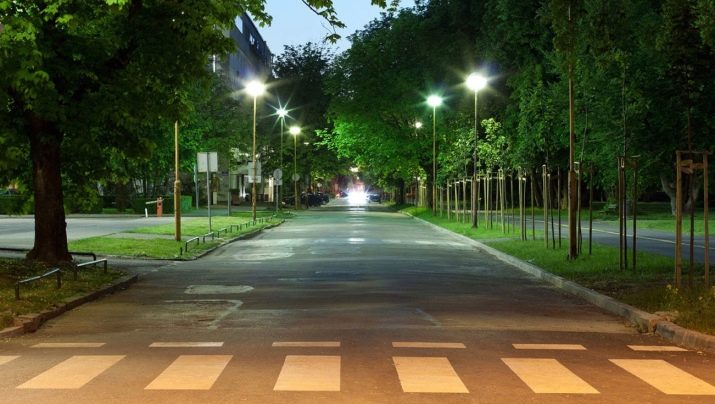
- The best time to learn skateboarding is calm and dry weather.. You should not start training immediately after heavy rain or in the early morning when there may still be dew on the sidewalk.
Moisture strongly affects the braking properties of the skate, as well as its maneuverability.

- As with any sport, before training in skateboarding, you must first stretch your muscles. A little exercise with squats, sipping and a quiet ride will prepare the muscles for more serious loads. This will allow you to quickly feel the skate and reduce the number of injuries from sprains.

- If absolutely any skateboard will suit you for the first steps in learning to ride a skateboard, in order to do the minimum difficult tricks, you will need to buy a high-quality and professional model with a non-slip deck, good control and amortization.
When choosing a particular model, it is important to pay attention to its length, wheel height, material of mounts and decks.
All this indirectly affects the control over the skate - even one low-quality and cheap part can someday break or just fail, which will lead to serious injuries. In addition, the skateboard must be constantly monitored to prevent its wear, cracking or roughness. Also check regularly for bolts and fasteners.
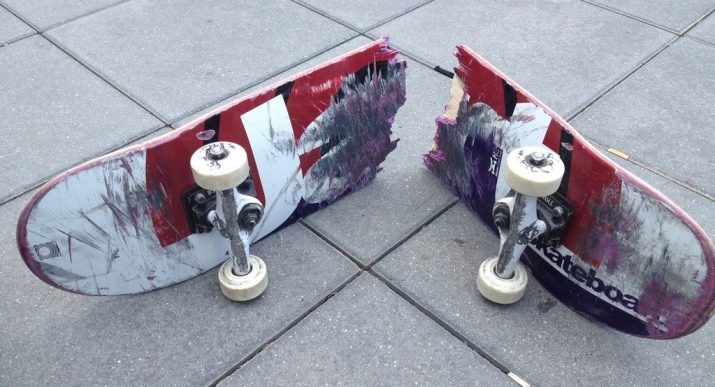
- To exert less pressure on the ligaments and muscles of the legs, while landing in all types of tricks bend your legs slightly - It will also provide minimal cushioning and will greatly help maintain balance.

The simplest options
Once you have mastered the main base of riding a skateboard, learned to control its movements and learned all the safety rules, you can begin to master the simplest and easiest tricks. For most of them, some kind of special platform will not be required - a flat sidewalk with a pair of railings or borders will be enough.
- 50-50 grind. This trick is also called skaters jump to the edge. In order to make it, you need to find a flat surface with a border. The first step is to accelerate to high speed and take a standard stance (legs are bent and set wider than shoulders). The second step - we focus on the place where you want to jump and push off from the deck like with an allie, but without removing your feet from the board. If everything worked out for you, freeze for a couple of moments in place, balancing, or go downstairs, again performing allies.
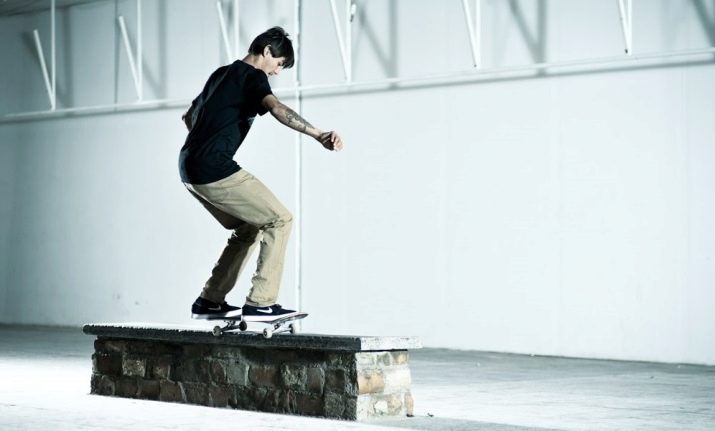
- BS Pop shove it. This is one of the basic tricks that you can teach any beginner in half an hour. The peculiarity and simplicity of the trick is that it does not require strong acceleration and does not need special inclined surfaces. During the trick, the legs of the skater make an easy jump, during which the push leg pushes the deck, which should scroll 180 degrees. This trick is also based on allies, but does not require a foot to slip on the deck after a click. In addition, this trick does not require legs wide apart - the guiding leg is located in the middle of the deck during a click, and the push leg is at the rear end of the deck.

- Nolly. This trick is considered a variation of ollie - during it the guiding leg is placed on the nose of the board, and the push leg is placed in the middle of the deck. Then you should bend down and bounce so that the back of the deck is higher than the front. Feet during the jump are pressed close to the deck, and the skate itself does not twist. During the flight, the deck is leveled for a comfortable landing.
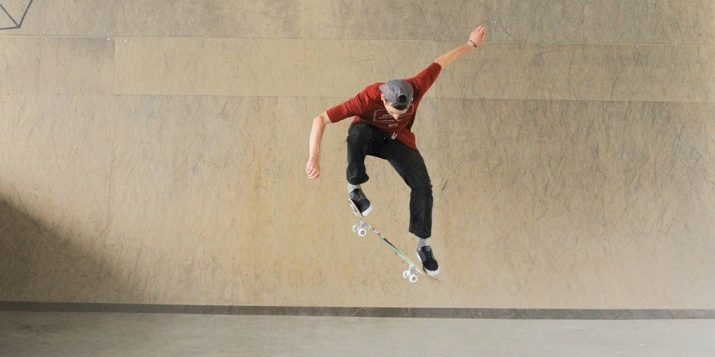
- Ollie +180. This trick can be carried out both by the front and the back of the skate - it depends on the push leg. In order to make a classic front alli +180, you need to put your legs in a classic stance, then crouch slightly and bounce (lifting the back of the skateboard), sequentially turning your body and shoulders towards your back.
At the same time, the feet do not lag behind the deck, due to which the position of the skate adjusts to the feet of the skater.
- Kick flip - one of the most popular tricks among beginners. The technique is based on the classic allie, but with the push of the edge of the skateboard during the jump. A light push allows the skate to rotate around its axis, while the skater controls the position of the deck and lands on a straightened skateboard.
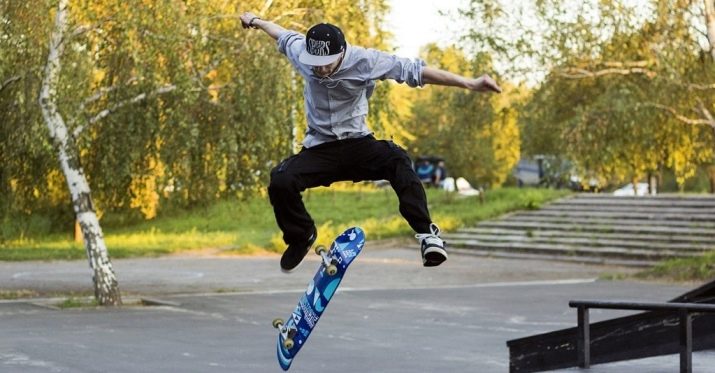
- Pop showit. This trick is reminiscent of an +180 allie, however in this case a strong jump is performed during which the feet do not touch the deck. The scheme of this trick is as follows: the hind leg abruptly moves back with a slight click, while the front leg bends in a jump and rises up along with the deck. Feet during the turn should be in the direction of the jump. The board rotates 180 degrees during repulsion and holds with the hands while landing on the sidewalk.

After performing these basic tricks, you can begin the transition to their more complex variations: varied kick-flip, double kick-flip and others.
Difficult tricks
If you managed to perfect the most basic stunts on a skateboard to perfection, then it's time to turn to more complex tricks that require greater dexterity and an impeccable sense of balance.
Below is a list with the names of the most difficult to perform tricks on a skateboard.
- Tricks like board slide called all the tricks on the skateboard, which involve allies at the edges of the platform or railingwhile the deck is parallel to the surface of the railing and glides over them. It’s best to choose slippery varnished surfaces for this trick - otherwise sliding will not be as effective. Sequence of actions: gain a small speed, then, turning with the ollie 90 degrees, jump onto the railing so that the deck is perfectly perpendicular to them.
The main task when sliding is to maintain balance and balance until the end of the railing, after which you can use the ollie to return to the sidewalk (do not forget to bend your knees).
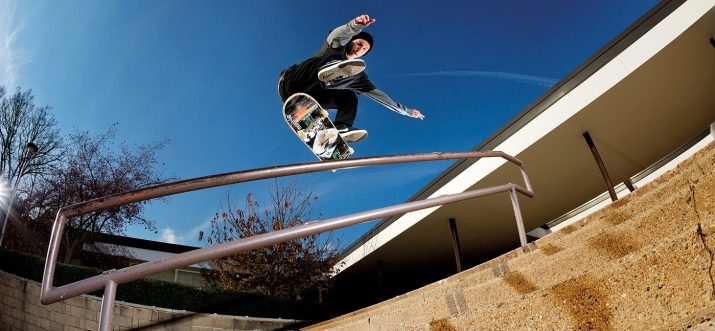
- Hard flip is a sophisticated version of kick-flip. In the case of this trick, the hind leg is located on the very edge of the deck, and the front leg should stand strictly in the middle of the deck at a slight angle. During the trick, the push leg makes a strong click, while the front foot makes a scooping movement with a glide around the deck to allow the skate to flip vertically directly between your legs. If everything is done correctly, the deck should rotate 360 degrees, after which it is fixed in feet. In principle, this technique can be considered a hybrid of kick-flip and pop-shoot.
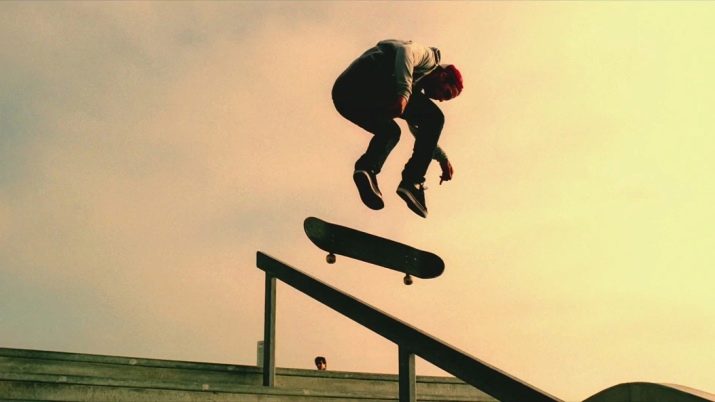
- 360 flip (some also call this type of trick a triple somersault). This technique is rightly considered the most beautiful, but also the most difficult among the existing stunts on a skateboard. In this case, almost the same execution technology is observed as in the hard-flip, however, the knees are not bent so much and the deck makes a 360 turn of both kick-flip and pop-show.
The main condition in this trick is to catch the moment when the deck is in a horizontal position - this is a sign in order to hold the deck with the feet.
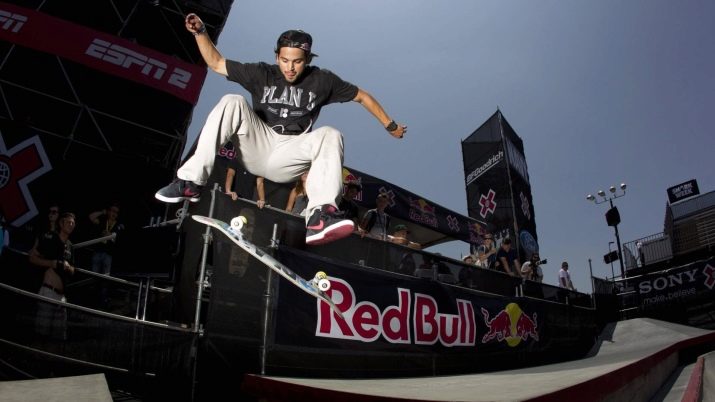
- Hill flip considered the exact opposite of kick-flip. In this case, the front leg is the turning one. The trick begins with the classic position as in an ollie, then the front leg, which is initially in the center of the deck, slides to the front edge of the board, which with the heel flips around its axis. The main subtlety of this technique is to always hold the board in front of your eyes and press your knees to the chest as much as possible so as not to interfere with the board spinning. If the board makes a complete revolution around its axis, it should be caught with the heels and bent to cushion the landing.
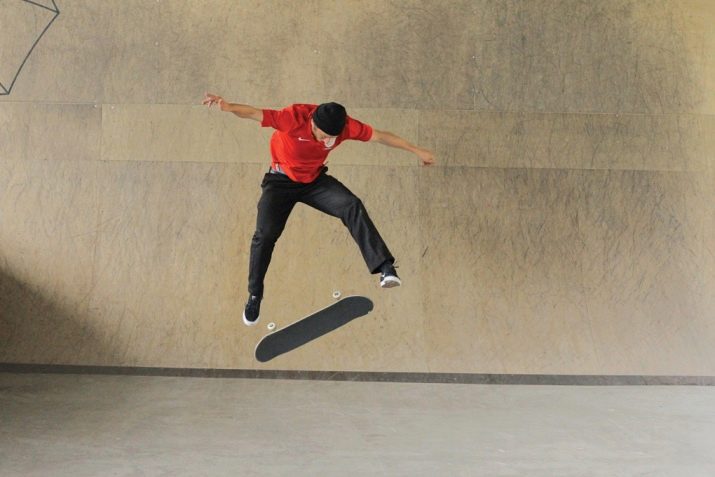
For a better understanding of the technology for performing some tricks, you need to familiarize yourself with the video lessons of professional skaters - fortunately, finding such materials on the Internet is not a problem. Below, watch a video on the five simplest tricks for beginners.
